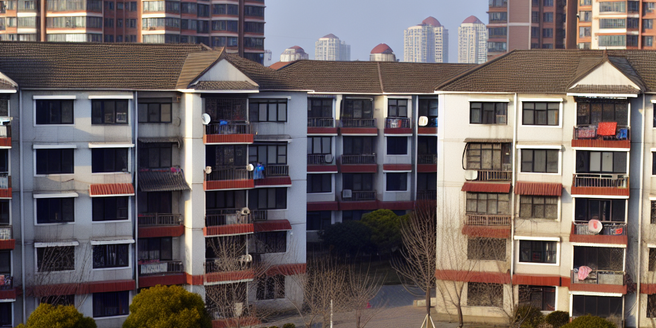The Current State of Affordable Housing
The affordable housing crisis is increasingly gaining visibility in the US. High rent prices, combined with low wages and a lack of affordable homes for sale, have created a housing crisis. Indeed, the Covid-19 pandemic has exacerbated this crisis, putting additional financial strain on many households. Especially due to the stagnation of wages alongside the rise in housing costs, the middle class also finds it challenging to secure affordable homes. The shortage of affordable housing is particularly evident in urban areas, where the demand for housing often far exceeds the available supply. This further contributes to the growth of homelessness and housing instability. In reality, the housing affordability crisis impacts both the poor and the middle class.
Historical Perspective on Housing Issues
The lack of affordable housing is a centuries-old issue, with roots dating back to the industrial revolution. Recognizing this, various social movements have sprung up over the years advocating for housing rights and reforms. As part of their initiatives, these movements advocated for the development of policies that prioritize affordable housing availability. Since then, several housing policies have been enacted, each with their own setbacks and achievements. These policies, while varying in effectiveness, have left a significant mark on the accessibility of decent housing for the underprivileged. The post-war boom in the mid-20th century, for instance, saw a surge in home ownership, but also led to the development of exclusionary zoning laws and discriminatory lending practices. These historical events have shaped today’s affordable housing landscape.
Causes behind the Affordable Housing Shortage
A lack of affordable housing in many areas is a complex issue stemming from various factors. This includes the massive increase in demand due to urban migration, with people moving to cities for better opportunities and driving up house prices. In addition, stagnant wage growth is preventing workers from keeping up with rising housing costs, resulting in an increasing gap between earnings and affordability. Moreover, inadequate government funding in this sector, alongside restrictive changes in zoning policies, exacerbate the housing crisis. Finally, the growing wealth divide is also hampering the accessibility of affordable housing, particularly disadvantaging the low-income groups, thus threatening the ideal of equal opportunities and societal balance. This highlights the urgent need to tackle the problem of housing affordability.
Impacts of the Affordable Housing Crisis
The rapid increase in housing prices alongside stagnant income progression has resulted in a significant lack of affordable housing options, posing a huge challenge for many. People are often forced into sacrificing essential necessities like food, healthcare, and their children’s education to cope with high housing costs. This lack of affordable housing doesn’t just strain family budgets, it also contributes to other financial issues such as oppressive student loan debt, insufficient retirement savings, and social issues including neighborhood segregation, societal stratification, and increased homelessness. Additionally, housing insecurity has been linked to negative impacts on health and education, potentially affecting individuals’ lives long-term. This crisis therefore affects more than just immediate fears of eviction or high bills, it also shapes societal discord and individual hardship, highlighting the urgent need for robust and inclusive policies to address this issue.
Possible Solutions to the Housing Shortage
Addressing the issue of the affordable housing crisis requires comprehensive solutions, not just piecemeal approaches. Inclusive strategies include significant policy changes such as strengthening tenant protections and reforming zoning laws, both aimed at protecting renters and increasing affordable housing availability. Increased government funding for affordable housing, used in construction or renovation of housing projects and offering subsidies, is also crucial. Innovation is required too, with mechanisms like community land trusts and cooperative housing models potentially bridging the supply and demand gap. A pertinent aspect of these strategies is raising minimum wages to a living wage, which could alleviate financial stress and bring housing closer to a human right. Addressing this crisis requires a multi-tiered strategy in policy, funding, innovation, and wages.



